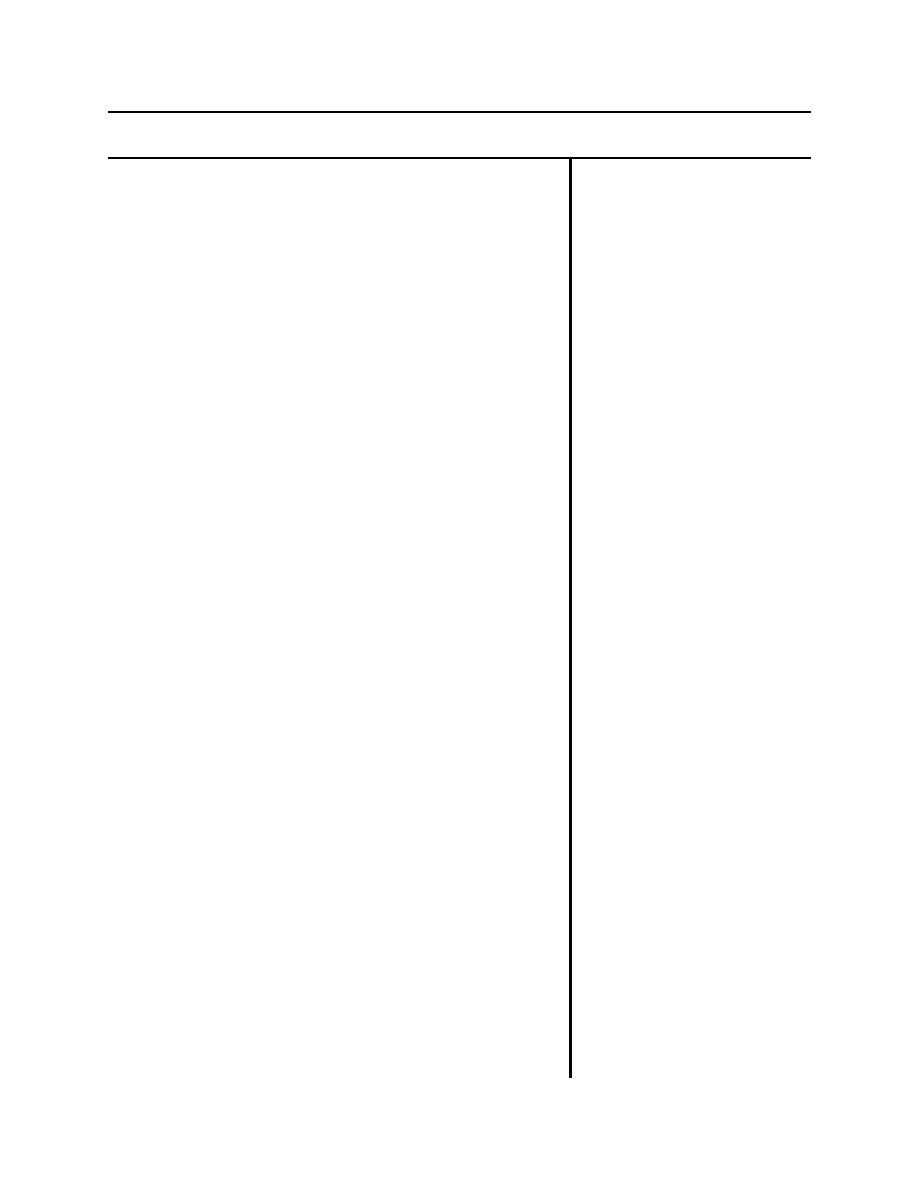 |
|||
|
|
|||
|
|
|||
| ||||||||||
|
|  DOE-HDBK-1109-97
Radiological Safety Training for Radiation-Producing (X-Ray) Devices
Instructor=s Guide
Lesson Plan
Instructor=s Notes
B.
EARLY HISTORY OF X-RAYS
i.
Discovery of X-Rays.
X-rays were discovered in 1895 by German
scientist Wilhelm Roentgen. On November 8,
1895, Roentgen was investigating high-voltage
electricity and noticed that a nearby phosphor
glowed in the dark whenever he switched on the
apparatus. He quickly demonstrated that these
unknown "x" rays, as he called them, traveled in
straight lines, penetrated some materials, and were
stopped by denser materials. He continued
experiments with these "x" rays and eventually
produced an X-ray picture of his wife's hand
showing the bones and her wedding ring. On
January 1, 1896, Roentgen mailed copies of this
picture along with his report to fellow scientists.
By early February 1896, the first diagnostic X-ray
in the United States was taken, followed quickly by
the first X-ray picture of a fetus in utero. By March
of that year, the first dental X-rays were taken. In
that same month, French scientist Henri Becquerel
was looking for fluorescence effects from the sun,
using uranium on a photographic plate. The
weather turned cloudy so he put the uranium and
the photographic plate into a drawer. When
Becquerel developed the plates a few weeks later,
he realized he had made a new discovery. His
student, Marie Curie, named it radioactivity.
29
|
|
Privacy Statement - Press Release - Copyright Information. - Contact Us |